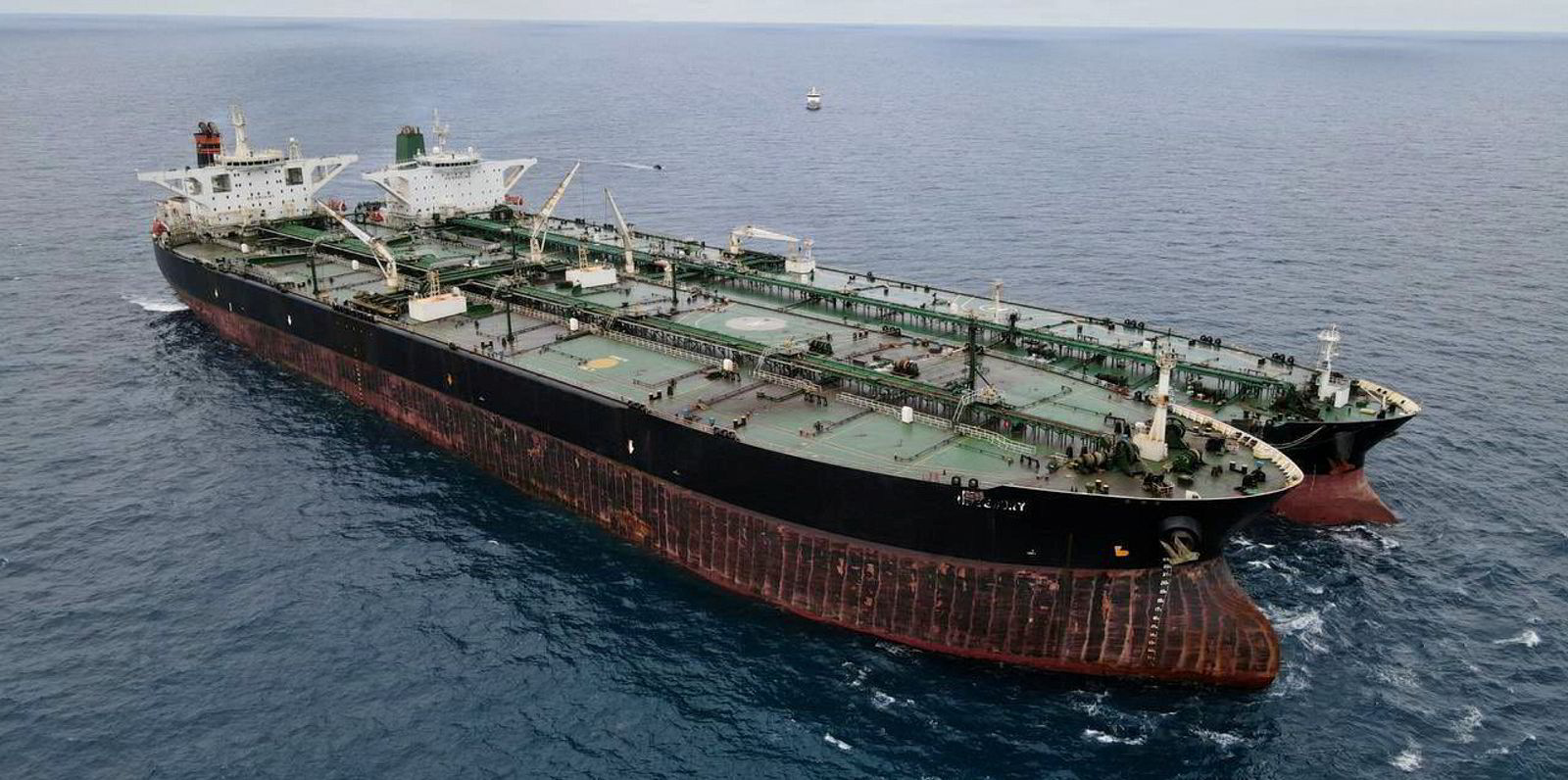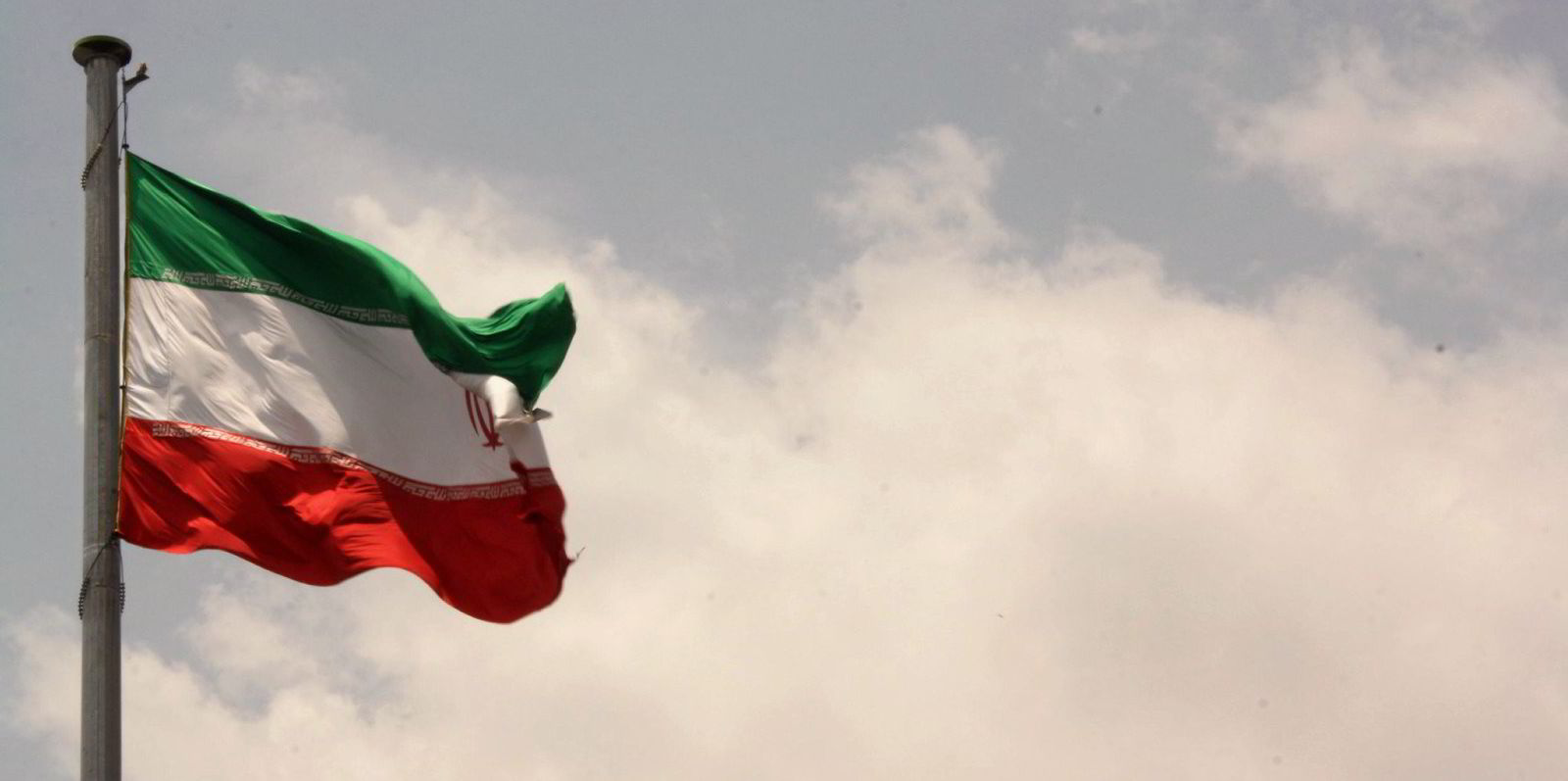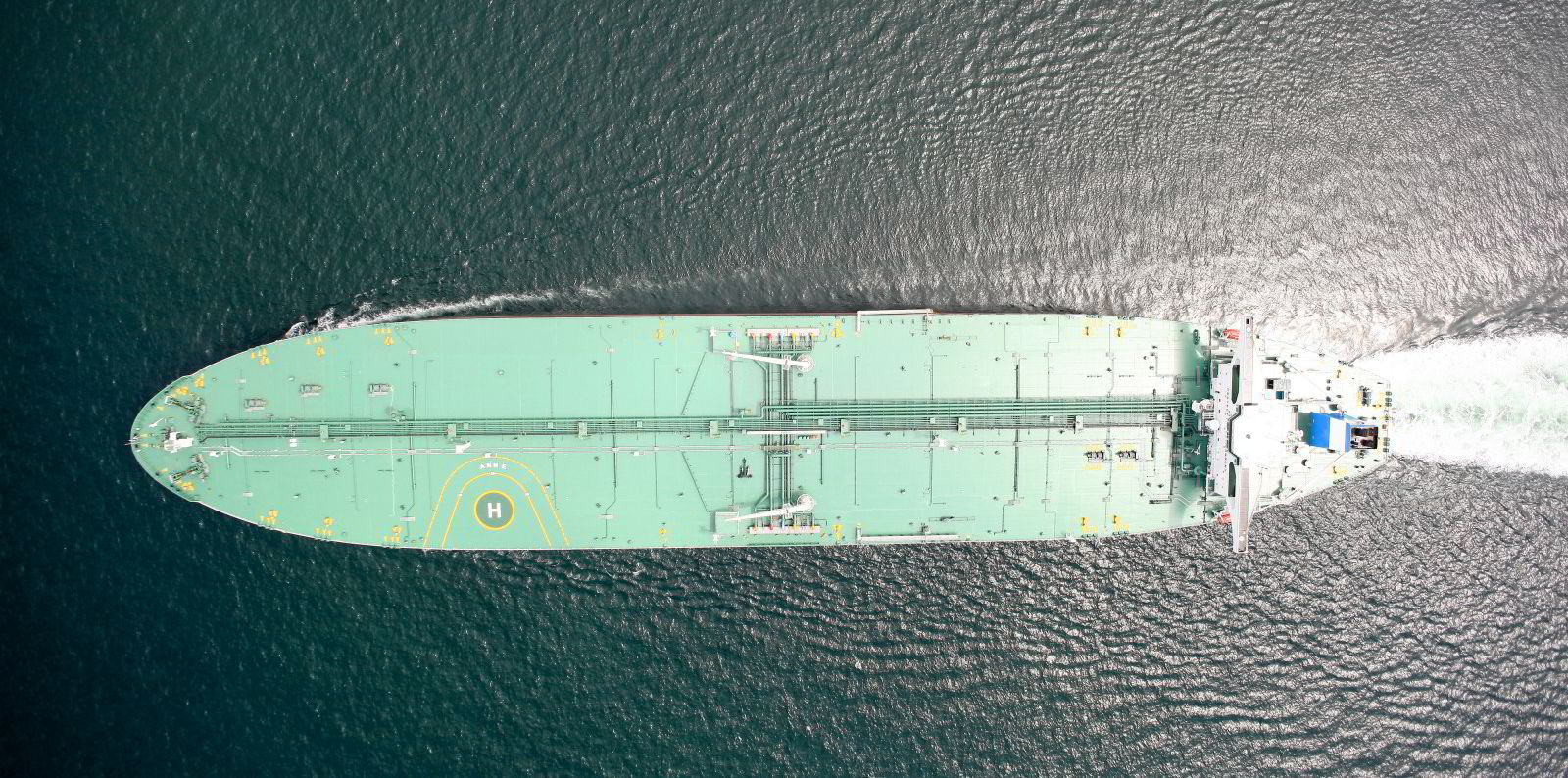Iranian crude could be set to return to the market just in time to help replaced sanctioned Russian barrels, said a top commodity data and analytics firm.
Russian crude exports could decline by around 1.5m barrels per day (bpd) in the coming weeks Kpler told delegates at the Baltic Exchange freight and commodity forum at Singapore Maritime Week.
“We expect a deal [on Iran] to happen in May and therefore we think there is likely to be a boost in output,” said Kevin Wright, lead analyst in Asia Pacific for Kpler.
“We think we are going to see 1m barrels per day (bpd) or so of increased production within three months and about 1.3m bpd over the next seven months.
Traditionally, Iran has sold to China and South Korea, and Kpler would expect that to continue, but said there exists the option for Europe to effectively diversify away from Russia.
“Most of the increased [crude production] is likely to be Iran light 33° API and therefore there is the possibility that that substitutes for Russian Urals crude at European refineries,” said Wright.
Kpler said that around 150m of crude currently sits in floating storage, but 85% of that originates from sanctioned countries, which would make it difficult to discharge.
“At the moment we are seeing about 4m barrels of Russian crude in floating storage stored around the world, a lot of that is stored in Asia close to China. That is likely to continue because they are the likely outlets for Russian crude eventually,” said Wright.
“Iran’s onshore oil storage has fallen from 63m barrels in mid-2021 to 54m barrels currently.
“Exports have increased and have averaged 800,000-bpd in the past three months, up from 600,000-bpd in mid-2021,” he said.
However, Wright said the Russian pipeline system is so extensive, they can effectively use that as a proxy storage system if necessary.
“They can fill thousands of kilometres of pipeline with crude and therefore avoid having to export at particularly distressed or discounted levels,” he said.





